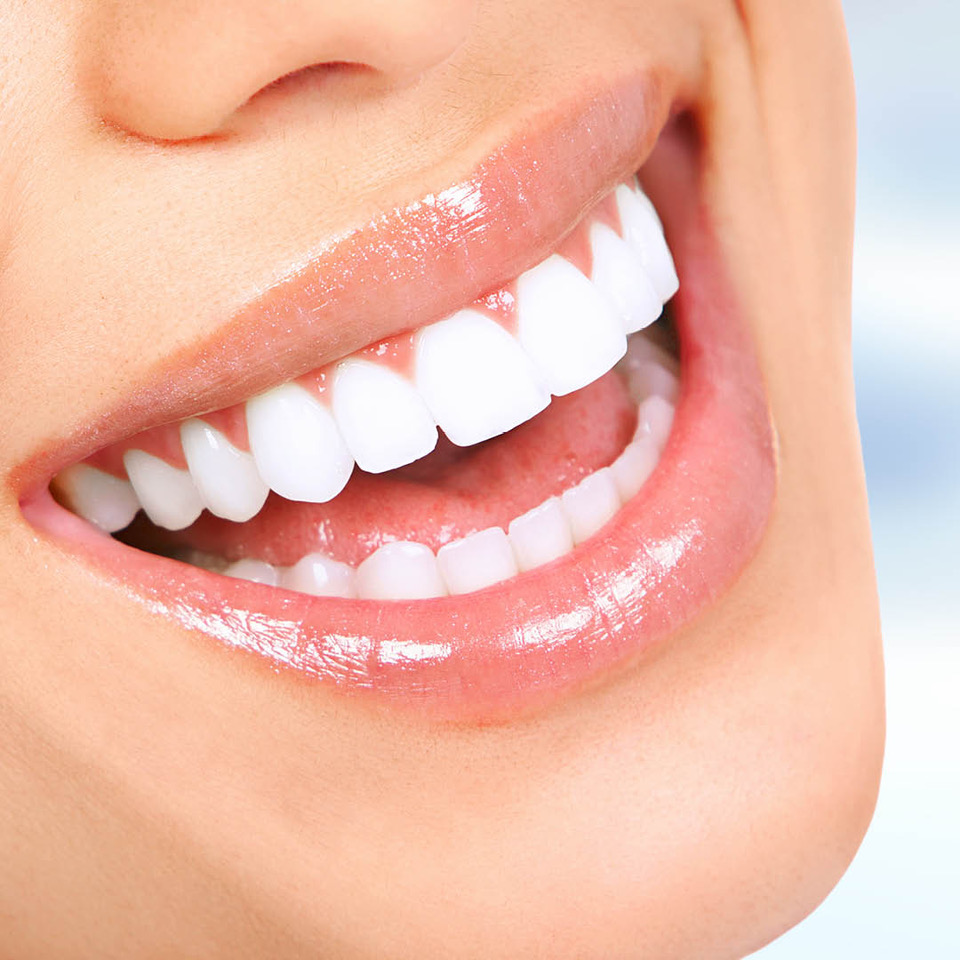Research has shown gum disease has health ramifications that stretch well beyond your mouth and into other areas of the body.
Researchers have found that people with gum disease are almost twice as likely to suffer from coronary artery disease and have an increased chance of a heart attack or stroke, as well as a higher risk of diabetes. Gum (periodontal) disease affects most people at some time during their life. It is a chronic bacterial infection of the gums and the bone supporting the teeth, as a result of the bacteria in plaque causing the gums to become inflamed.
Researchers have found that people with periodontal disease are almost twice as likely to suffer from coronary artery disease as those without periodontal disease. It can also exacerbate existing heart conditions. Several theories exist to explain the link between periodontal disease and heart disease. One theory is that oral bacteria can affect the heart when they enter the blood stream, attaching to fatty plaques in the coronary arteries (heart blood vessels) and contributing to clot formation.
Coronary artery disease is characterised by a thickening of the walls of the coronary arteries due to the build-up of fatty proteins. Blood clots can obstruct normal blood flow, restricting the amount of nutrients and oxygen required for the heart to function properly. This in turn can lead to heart attacks.
Another possibility is that the inflammation caused by periodontal disease increases plaque build-up, which may contribute to swelling of the arteries.
Additional studies have made connections between periodontal disease and stroke. One study looked at the causal relationship of oral infection as a risk factor for stroke and found people diagnosed with acute cerebrovascular ischemia were more likely to have an oral infection when compared to those in the control group.
Studies show there is a direct medical connection between oral health and systemic health. People with periodontal disease have a substantially higher risk of heart disease, pneumonia, diabetes, and pre-term births. Women with periodontal disease are seven times more likely to give birth prematurely than women with healthy teeth and gums.
How do we recognise periodontal disease?
It can commonly be identified by bleeding gums, swollen gums and loose teeth. Meticulous cleaning of teeth each day can help prevent gum disease, alongside treating dental problems early to help save teeth that are at risk from conditions such as gum disease.
Toxins produced by the bacteria in plaque stimulate a chronic inflammatory response in which the body in essence turns on itself, and the tissues and bone that support the teeth are broken down and destroyed. Gums separate from the teeth, forming pockets (spaces between the teeth and gums) which become infected. As the disease progresses, the pockets deepen and more gum tissue and bone are destroyed. Often, this destructive process has very mild symptoms. Eventually, teeth can become loose and may have to be removed.
By maintaining a simple routine to promote oral hygiene, we’re doing our long-term overall health a favour.
High priority hygiene
While there are plenty of compelling reasons to maintain good oral hygiene, the idea that not doing so can be fatal is definitely a kick-start to guard your gums religiously. Untreated, gingivitis can advance to gum disease and eventually lead to tooth loss and other health problems.
Gingivitis is common and is the mildest form of periodontal disease, causing the gums to become red, swollen and bleed easily. There is usually little or no discomfort at this stage and is typically reversible with professional dental treatment and good oral hygiene at home.
Clean your teeth carefully at least two times a day with a soft, small-headed toothbrush. Pay particular attention to the area where the gum meets the tooth to ensure the gum tissue and supporting structure remain healthy. Flossing daily between teeth also assists in removal of plaque.
While it is tempting to avoid cleaning inflamed and bleeding gums, brushing will help to improve the situation.










